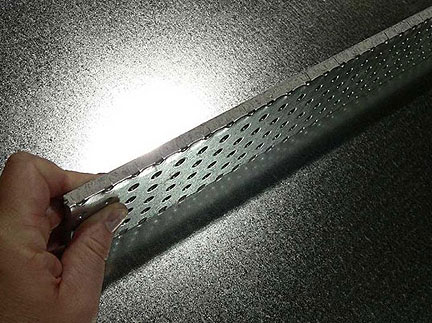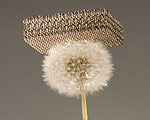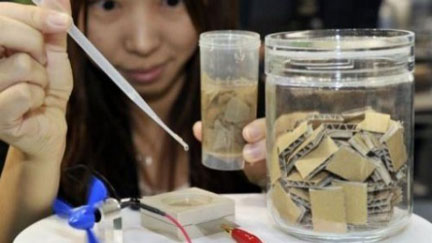A pacemaker powered by the heart. That sounds pretty cool, and a little too good to be true. For anyone who doesn't know what a pacemaker is, it's a little machine that helps keep the heart beating normally for those with heart murmurs or other heart problems. Pretty ideal, right? The problem with them is that they run on batteries, which means people need surgery to put them in, and then surgery again later when the batteries die.
Engineers have started to develop a pacemaker that doesn't run on batteries at all. It's powered by the heart. Right now it's only a prototype. But engineers at the University of Michigan have developed a material that flexes with the beats of the heart. It can produce enough energy to power the pacemaker.




